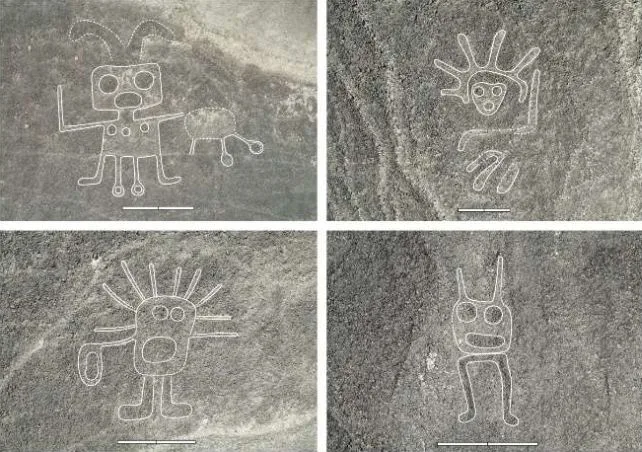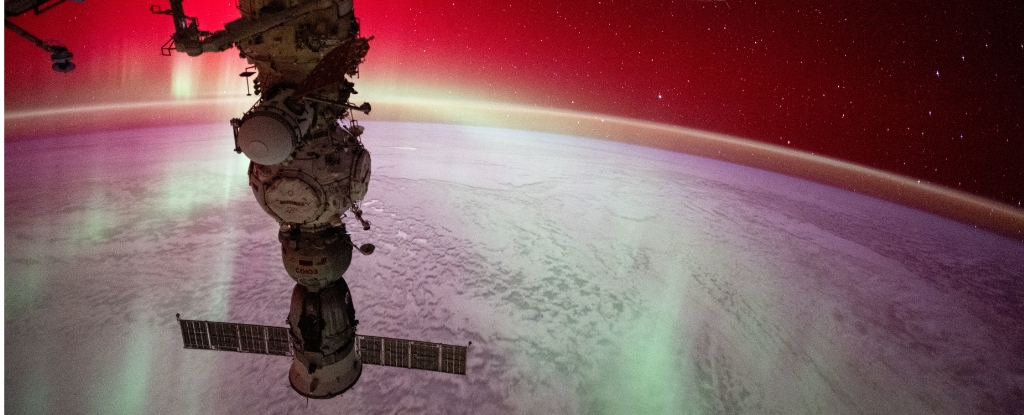Hundreds of new glyphs have been discovered in Peru’s Nazca desert, nearly doubling the total number known. The glyphs were carved into the ground thousands of years ago but can only be seen clearly from above.
The discovery was made using drone images and AI technology to identify faint glyphs. An archaeologist named Masato Sakai led the research with IBM.

Over 300 new relief-type glyphs were found, in addition to the 430 previously known examples. Relief glyphs are smaller and harder to identify than line glyphs.
The glyphs are thought to have been part of pilgrimage routes connecting ceremonial sites like Cahuachi. Bigger line glyphs focus on wildlife while smaller relief glyphs depict people and domesticated animals.

The distribution and types of glyphs provide new clues about their purpose. Glyphs along trails were likely viewed by pilgrims on foot. Networks connected ceremonial centers like Cahuachi that were important gathering places.

Further research will try to decipher information embedded in the combinations and arrangements of the over 700 glyphs now known. The study provides new insights into the Nazca culture and functions of the ancient geoglyphs.
Source: Science Alert









